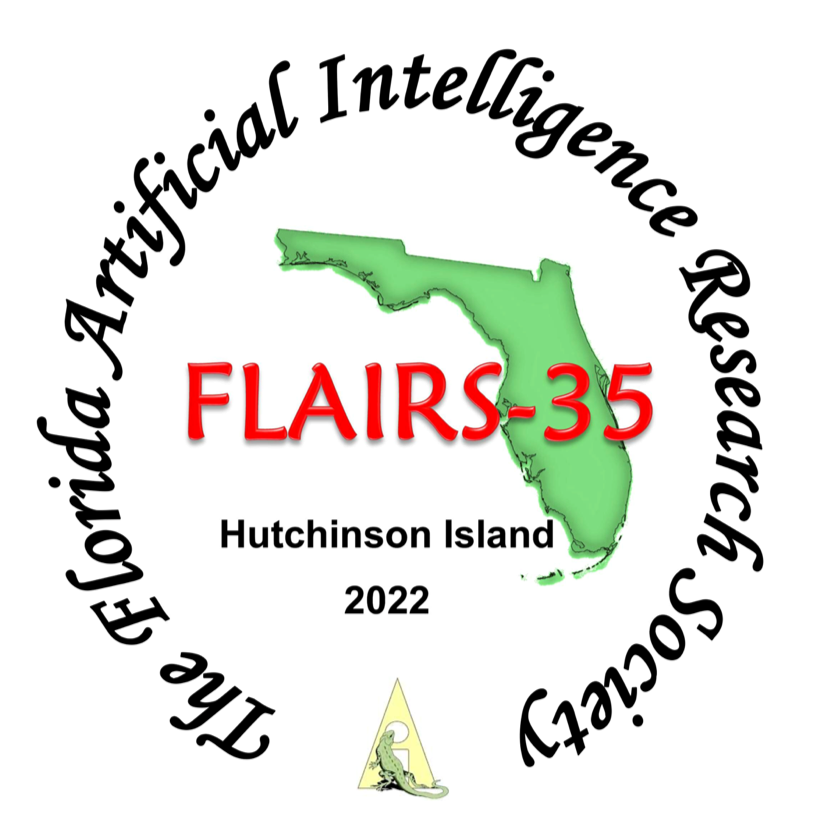Estimating Automobile Crash Characteristics from Images using Deep Learning
DOI:
https://doi.org/10.32473/flairs.v35i.130629Keywords:
convolutional neural networks, multiple task learning, predicting crash charateristics, insurtech, delta-v, NHTSA crash images, crash simulation imagesAbstract
Crash characteristics such as crash velocity (Delta-V) and location of collision (LOC) are important determinants of the severity of the injury sustained by an occupant of an accident vehicle. Based on the predicted severity levels of injury, insurance companies can estimate the claim’s cost and better plan their financial reserves. We present a promising approach for accurately predicting Delta-V and LOC using deep learning methods, without the need for a forensic crash reconstruction. We constrain the study to small passenger vehicles and to front and rear collisions with crash velocities under 96 kph. We first develop and refine our image processing and deep CNN architectures using images created by using vehicle crash simulation software. Using a k-fold cross-validation approach, our methods are able to predict the crash velocity of simulated collisions (108 images) with a MAE of 3.41 kph (MAPE of 8.2%). Similarly, a multiple task learning CNN is able to predict Delta-V of real-world collisions (310 images) with a MAE of 4.19 kph (MAPE of 16.2%) and classify the LOC with 92% accuracy.
Downloads
Published
How to Cite
Issue
Section
License
Copyright (c) 2022 Daniel Silver, Hardik Manek, Matthew Kay, Paul Travis

This work is licensed under a Creative Commons Attribution-NonCommercial 4.0 International License.


